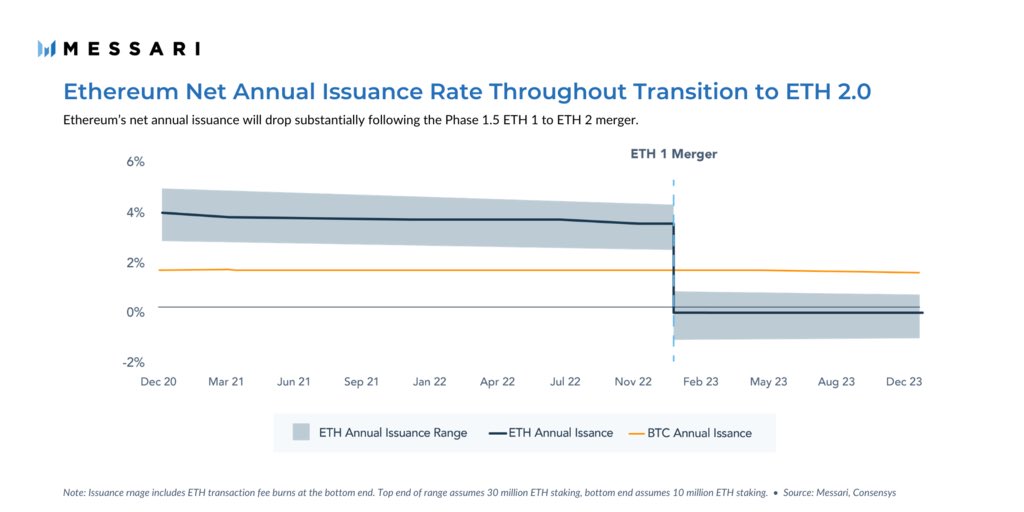
Proposal for Yearn Ecosystem Token Index (YETI) - a PowerPool index consisting of YFI, SUSHI, CREAM, AKRO, COVER, K3PR, CVP, PICKLE
YETI will create a simple vehicle to invest in Yearn’s ecosystem, while also coordinating governance among its protocols through meta-governance.
YETI will create a simple vehicle to invest in Yearn’s ecosystem, while also coordinating governance among its protocols through meta-governance.
https://twitter.com/powerpoolcvp/status/1334631499266666498
The index will serve two purposes.
For investors it would create a passive vehicle for broad exposure to the Yearn ecosystem - like an index on the Yearn conglomerate of protocols.
For investors it would create a passive vehicle for broad exposure to the Yearn ecosystem - like an index on the Yearn conglomerate of protocols.
For Yearn it would be a way of formalizing its recent mergers, aligning the treasuries and governance systems of the protocols in its ecosystem.
PowerPool is uniquely equipped to build such an index.
With PowerPool tokens in the index will not just sit idly.
Tokens will be put to work in Vault strategies as well as used to vote on governance proposals in the Yearn ecosystem using PowerPool’s meta-governance approach.
With PowerPool tokens in the index will not just sit idly.
Tokens will be put to work in Vault strategies as well as used to vote on governance proposals in the Yearn ecosystem using PowerPool’s meta-governance approach.
Token holding is an active game - it’s often how you receive incremental yield from your tokens.
YETI will provide investors both passive investment exposure and passive participation exposure (let PowerPool make productive use of your tokens).
YETI will provide investors both passive investment exposure and passive participation exposure (let PowerPool make productive use of your tokens).
Look forward to hearing the community’s feedback on this proposal.
• • •
Missing some Tweet in this thread? You can try to
force a refresh







